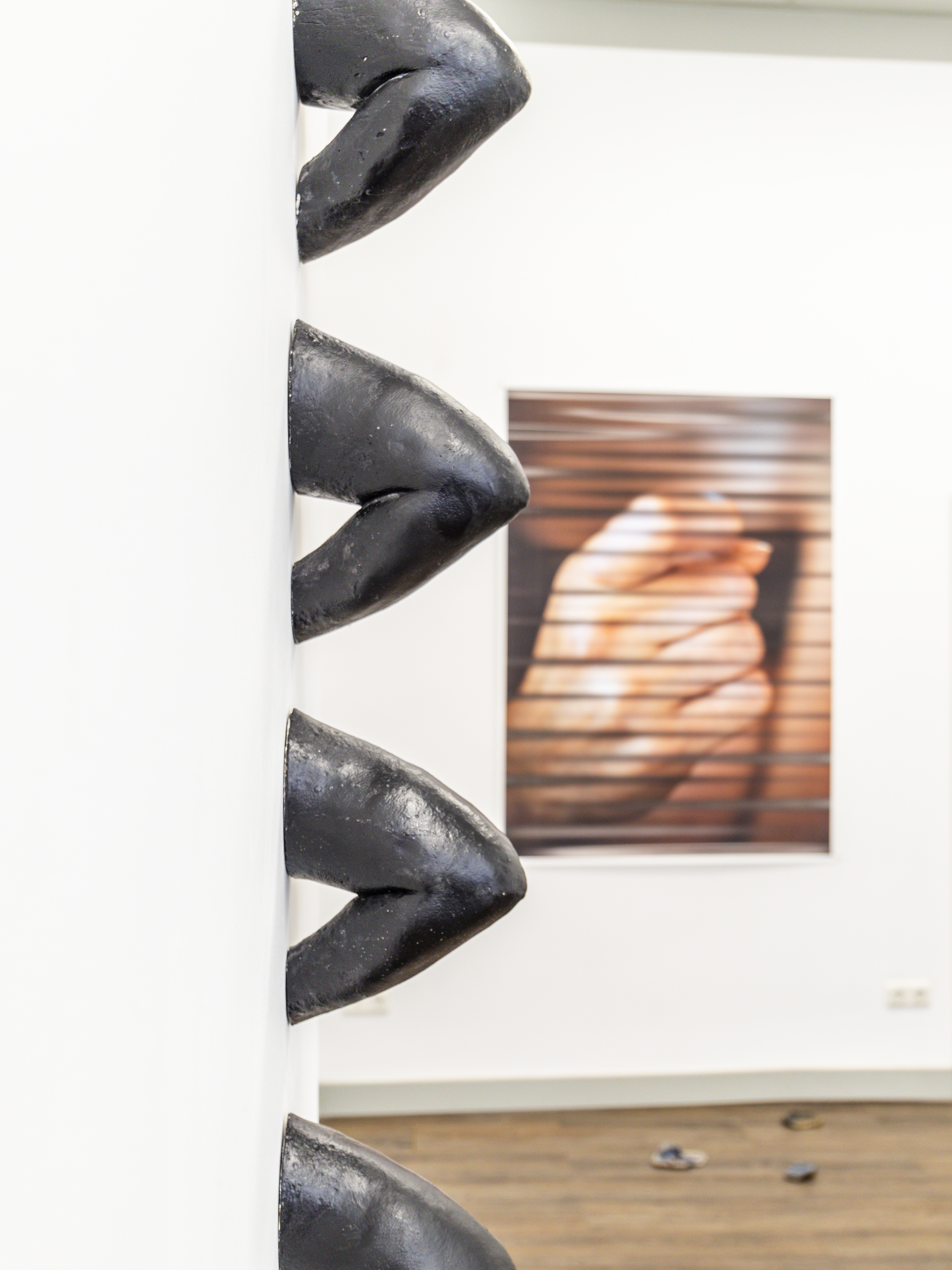To trace what passes
Join us for the opening of “To trace what passes“ on Friday, August 22 from 7–10 pm at fffriedrich!
To trace what passes
Abdul-Salam Alhassan & Li Jiacheng
23 August – 5 September 2025
What does it mean to navigate with tools shaped by power—maps, images, routes—while refusing the worldview they carry?In “To trace what passes”, Abdul-Salam Alhassan and Li Jiacheng engage with the visual legacies of cartography and photography to undermine their claims to authority. Both artists make room for uncertainty, opacity, and imagined lives that resist being fixed in place.The conceptual starting point of the exhibition is a gesture of invitation: in the course of his guest semester at Städelschule, Abdul-Salam Alhassan invited Li Jiacheng to join him in this presentation at fffriedrich. From this, a dialogue on artistic proximity emerges.
The exhibition is realised within the framework of the “Frankfurt moves!” exchange programme between Städelschule and KNUST in Kumasi, Ghana, initiated by KfW Stiftung.
Curated by Alica Sänger and Radia Soukni.
Opening hours:
Wednesday, 4–7 pm
Saturday & Sunday, 2–6 pm
fffriedrich Braubachstr. 37
60311 Frankfurt am Main
Graphic design by Ella Pechechian
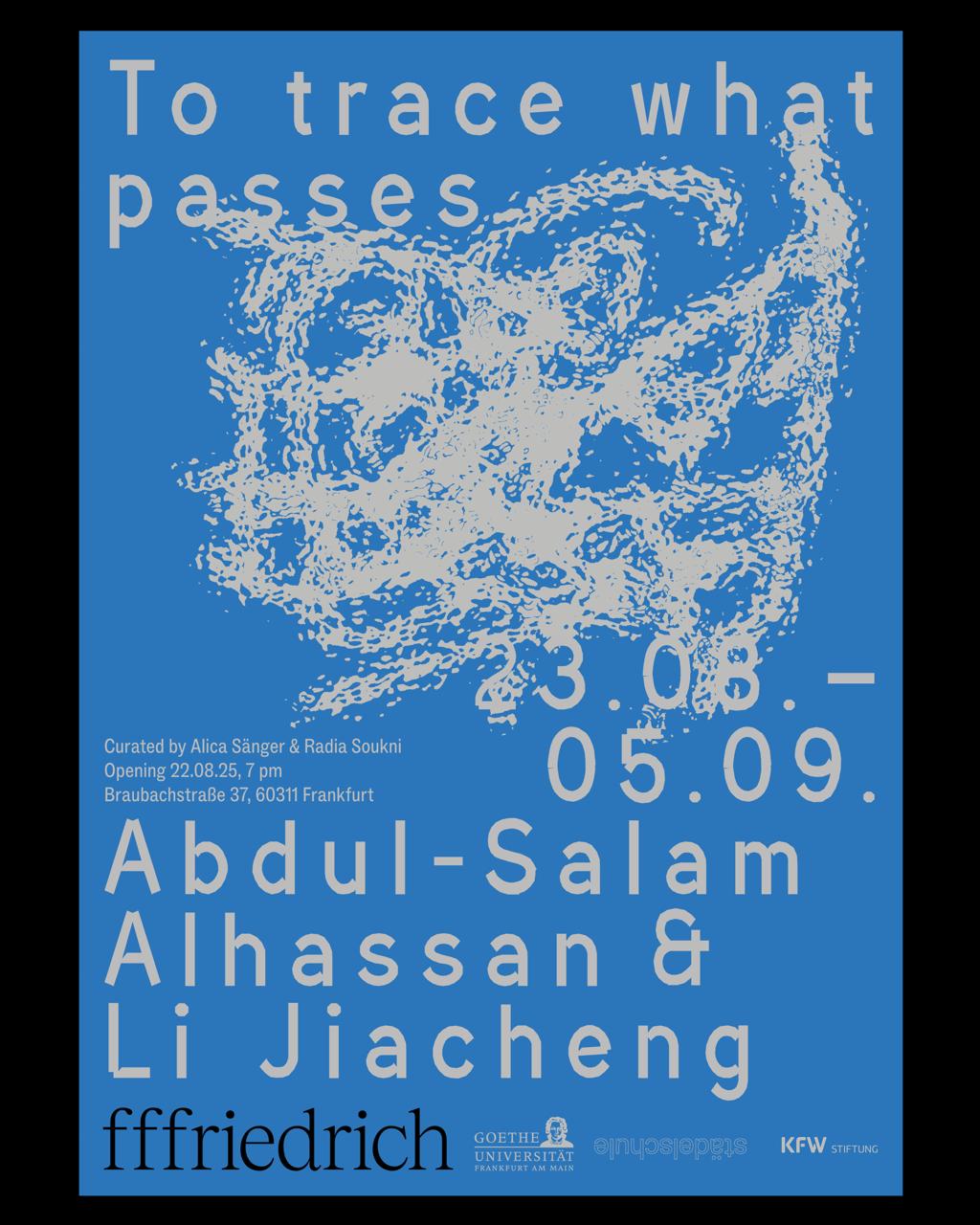
short distance love
07.08. - 15.08.2025
Mustafa Köyneksiz & Gregor Lau
Opening: Thursday, 07.08. from 7 pm
Responding to one another, the two artists build on each other, one move at a time. They bridge the distance, they narrow down and pile up - a balancing act.
Curated by Alicia Grobholz and Cora Lou Gercke
Opening hours:
Friday, 08.08.: 1-6 pm
Saturday & Sunday 09./10.08.: 1-6 pm
Further opening hours tbaf
ffriedrich
Braubachstr. 37
60311 Frankfurt a.M.
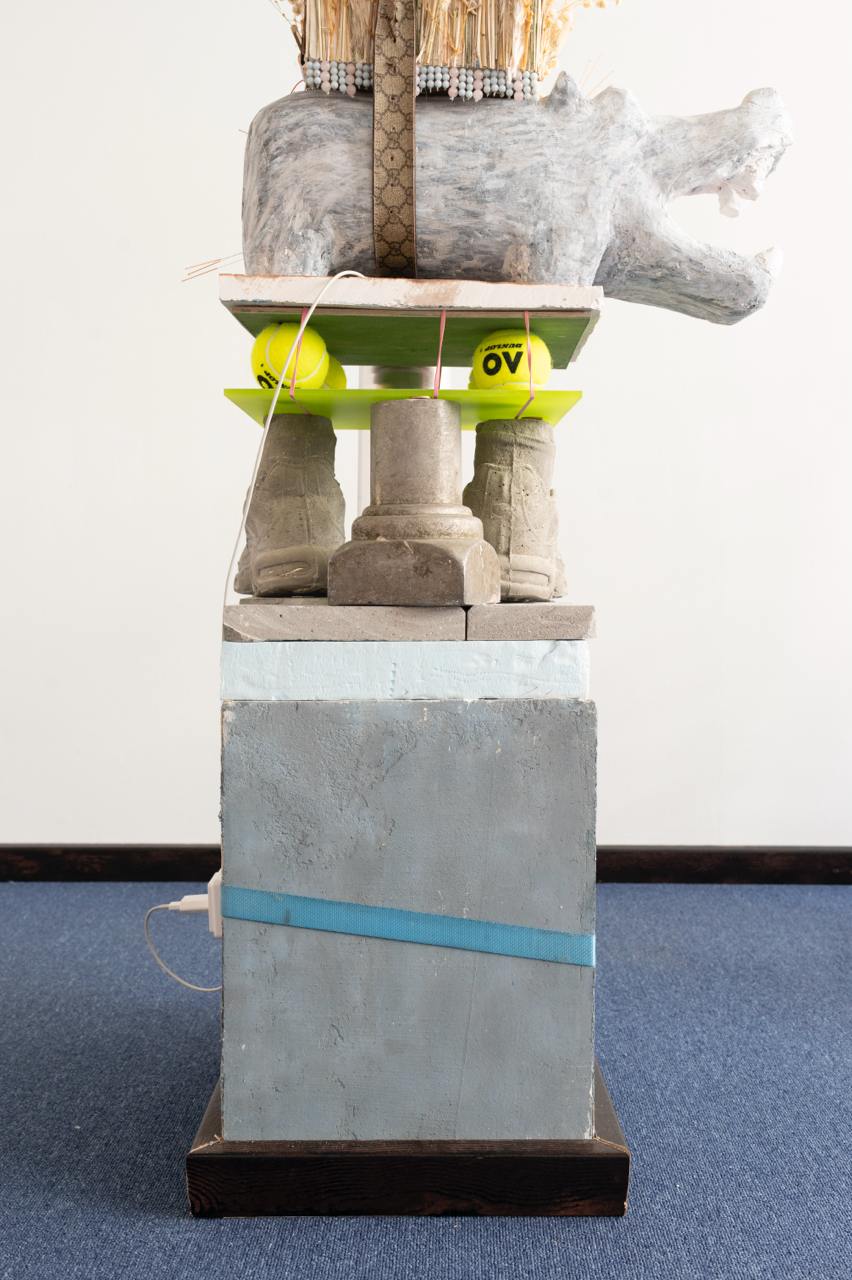
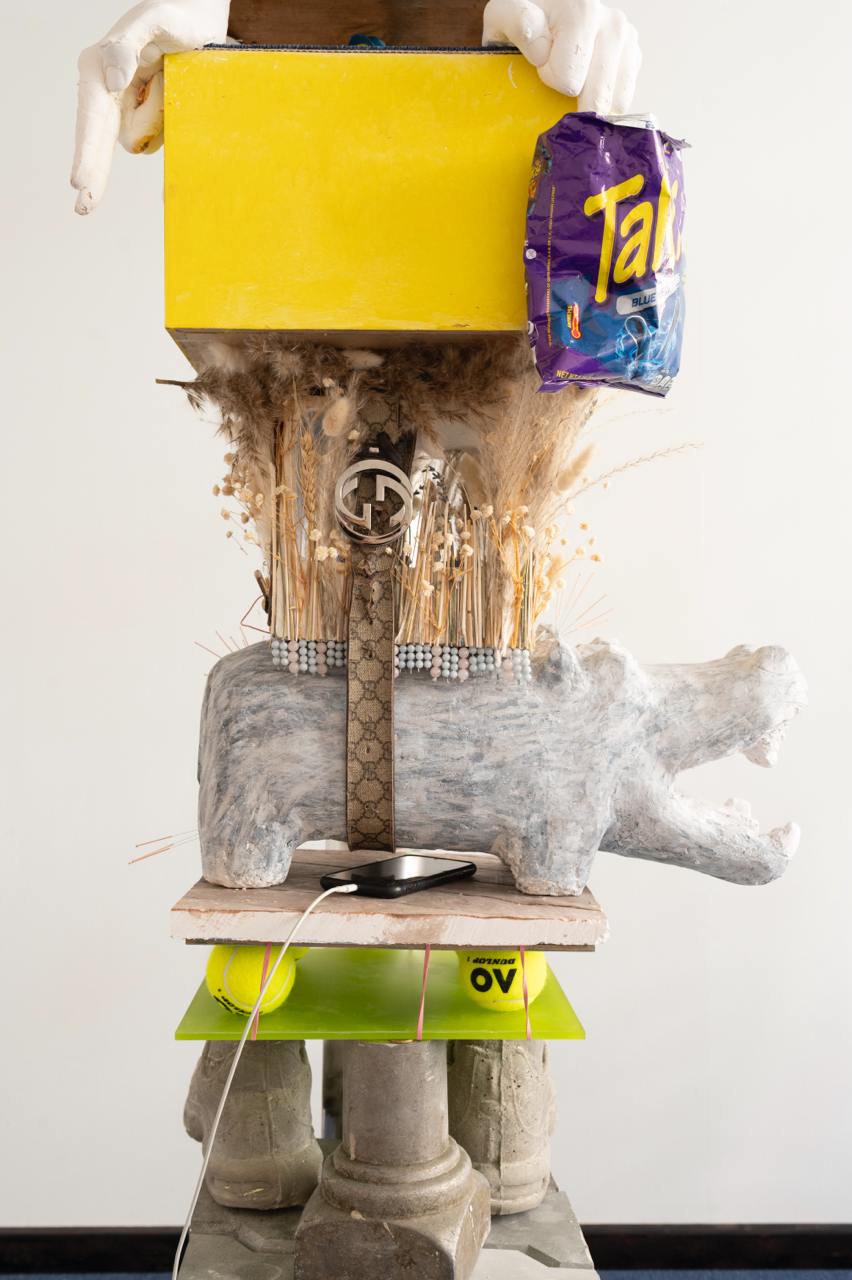
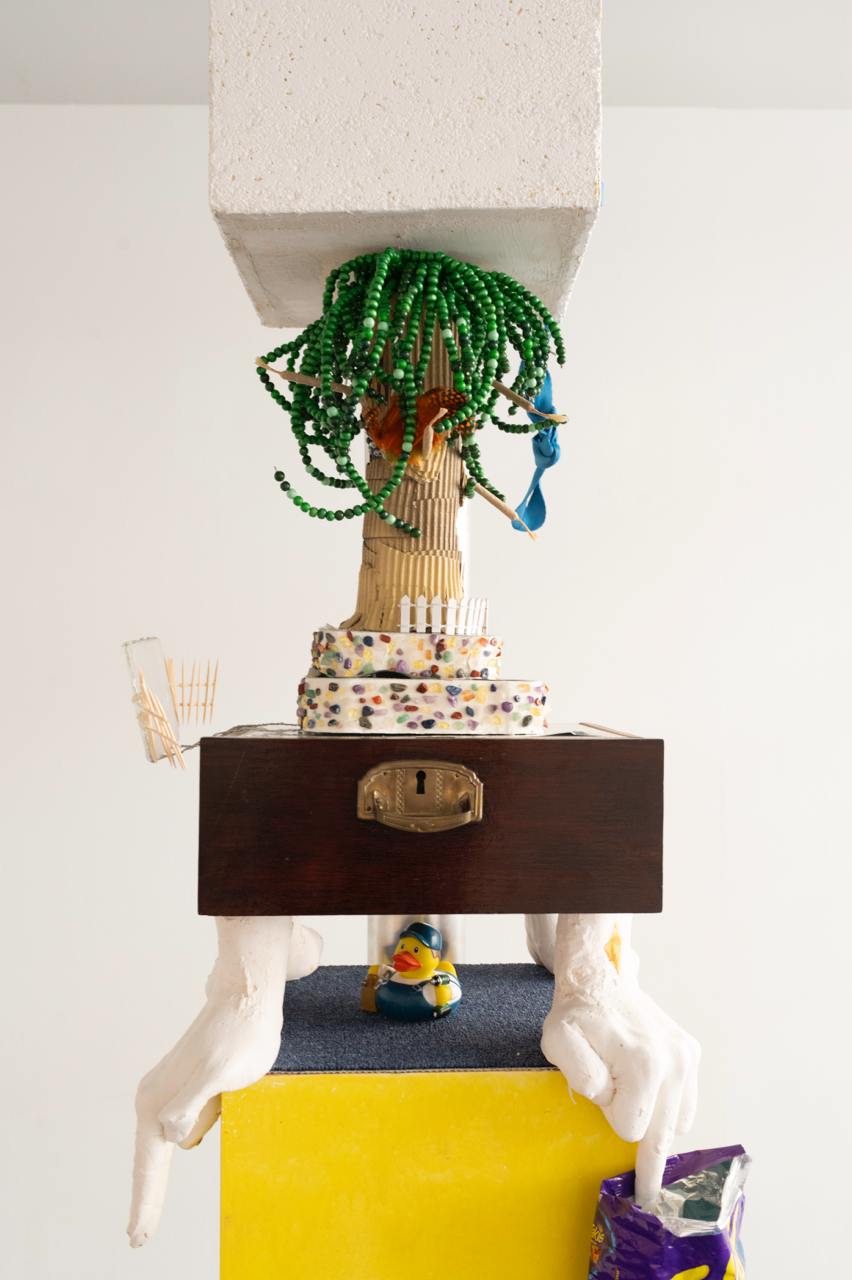
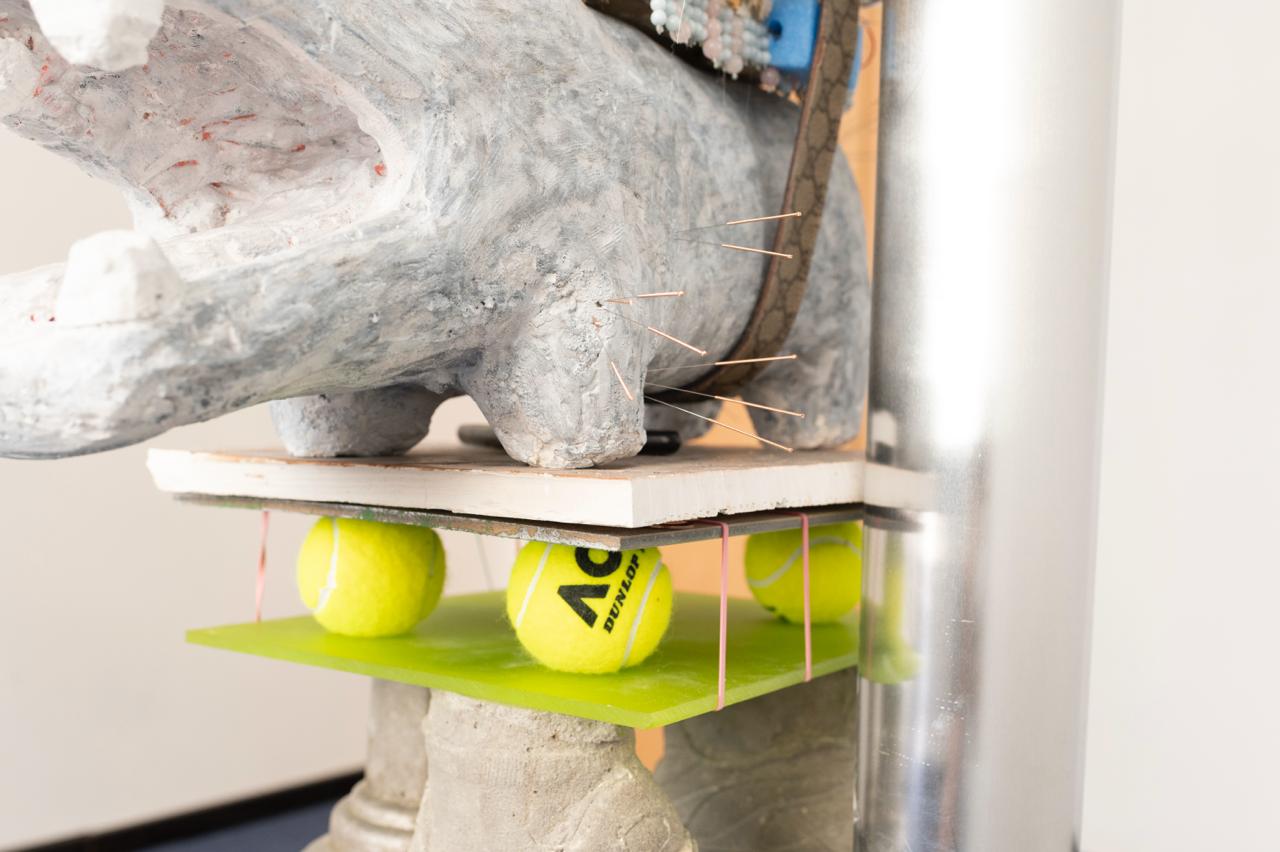
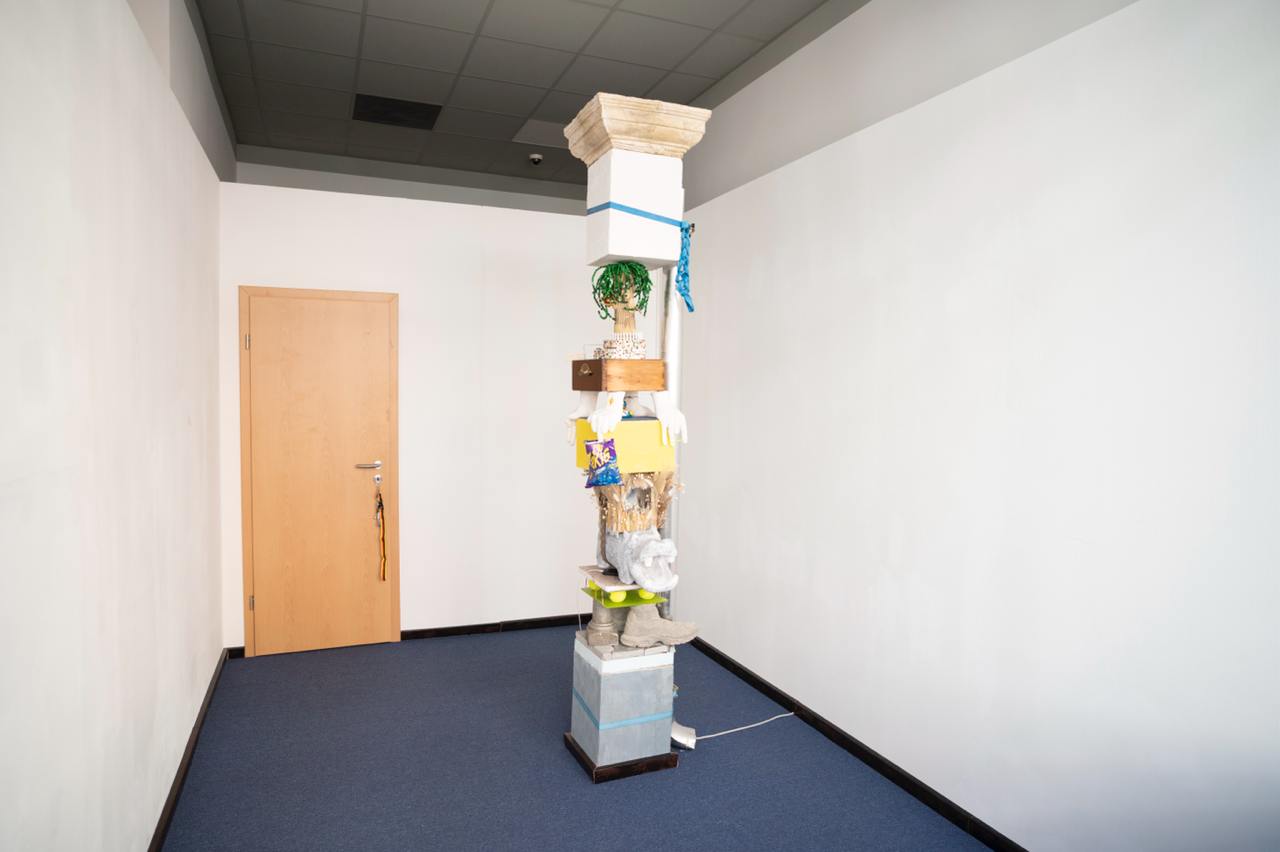
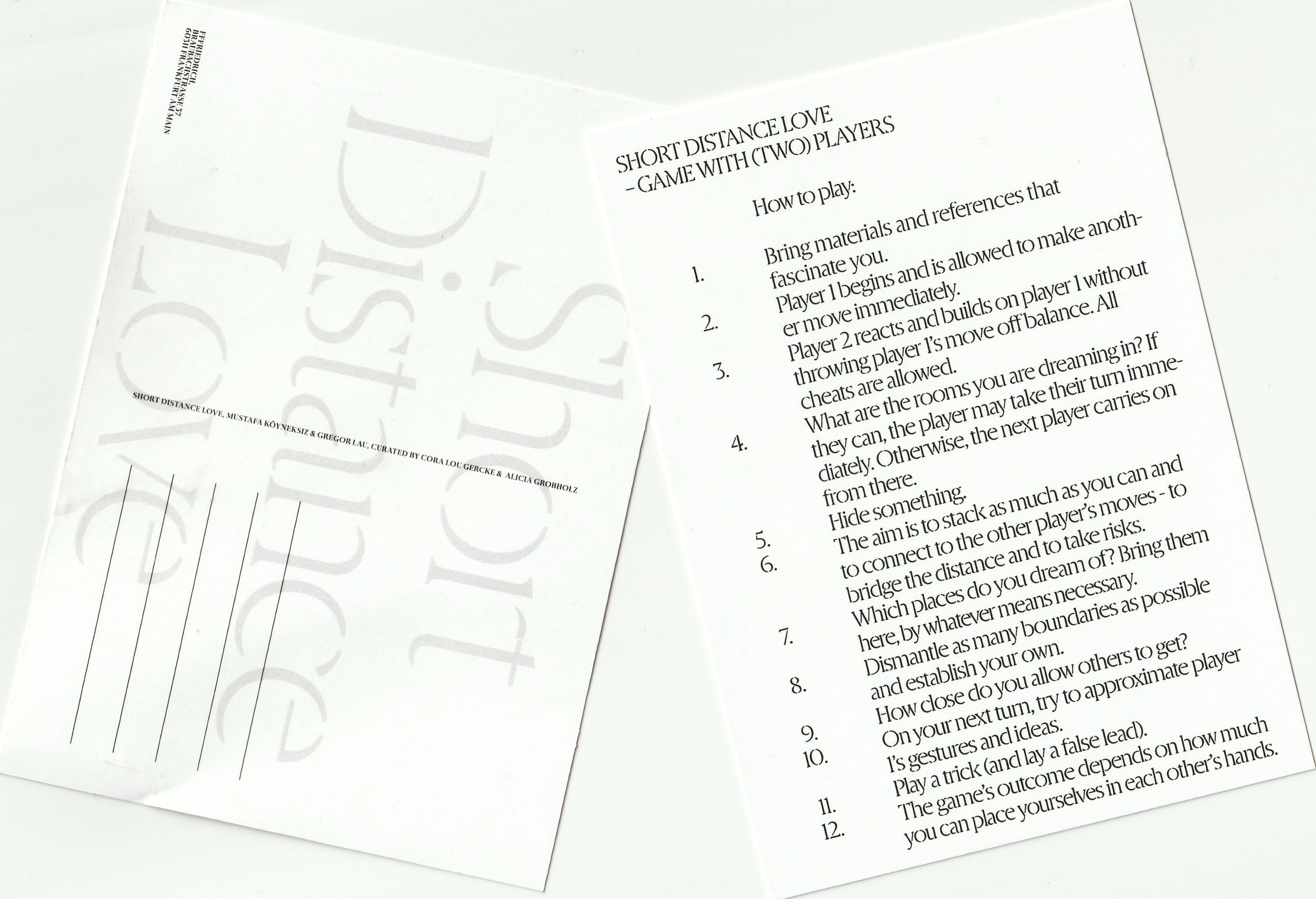

On Soft Paws
11.07. - 26.07.2025
Himanshi Goyal, Tuangsap Tasawang & Zexuan Liu
The hidden, the fleeting, are in constant transformation: just like us and our dreams, which are usually forgotten soon after waking and, if remembered at all, remain only as vague traces in our memory. These traces blur on images and screens.
Transience, transformation, and the tension between control and letting go connect the artistic works of Himanshi Goyal, Tuangsap Tasawang, and Zexuan Liu. Mythical creatures, (domestic) animals, and natural processes serve as symbolic representations of blurred memories and quiet interactions at the core of the artist's work. They reflect the ephemerality of the moment and the fragile nature of memories that come and go.
With gentle, soft steps we move together through the exhibition space, a collaboratively created dream world that maps and opens access to hidden and shadowy realms as well as to various materialities.
The opening of the exhibition On Soft Paws will take place on July 11 at 7 PM at Braubachstraße 37 (fffriedrich). We are looking forward to celebrate the opening with bubbles and cotton candy.
Curators: Franka Marlene Schlupp & Frederike Antonia Ohnewald
DE
Das Verborgene, das Flüchtige, befinden sich im stetigen Wandel: wie wir und unsere Träume, die nach dem Aufwachen meist schon wieder vergessen sind und, wenn überhaupt, nur schemenhaft in unseren Erinnerungen bleiben. Diese verwischen auf Bildern und Bildschirmen.
Vergänglichkeit, Wandlung und das Spannungsfeld zwischen Kontrolle und Loslassen verbinden die künstlerischen Arbeiten von Himanshi Goyal, Tuangsap Tasawang und Zexuan Liu. Dabei stehen Fabelwesen, (Haus-)Tiere und natürliche Prozesse als stellvertretende Symbole für verschwommene Erinnerungen und leise Interaktionen im Zentrum ihrer Arbeiten. Sie spiegeln das Flüchtige des Moments und die fragile Beschaffenheit von Erinnerungen, die kommen und gehen, wider.
Auf leichten Schritten bewegen wir uns gemeinsam durch den Ausstellungsraum, eine gemeinschaftlich kreierte Traumwelt, die Zugänge zu verborgenen und schemenhaften Welten sowie zu verschiedenen Materialitäten abbildet und öffnet.
Die Eröffnung der Ausstellung On Soft Paws findet am 11. Juli um 19 Uhr in der Braubachstraße 37 (fffriedrich) statt. Wir freuen uns auf ein gemeinsames Opening mit Sekt und Zuckerwatte!
Kuratorinnen: Franka Marlene Schlupp & Frederike Antonia Ohnewald
Posterdesign: Leonard Becker
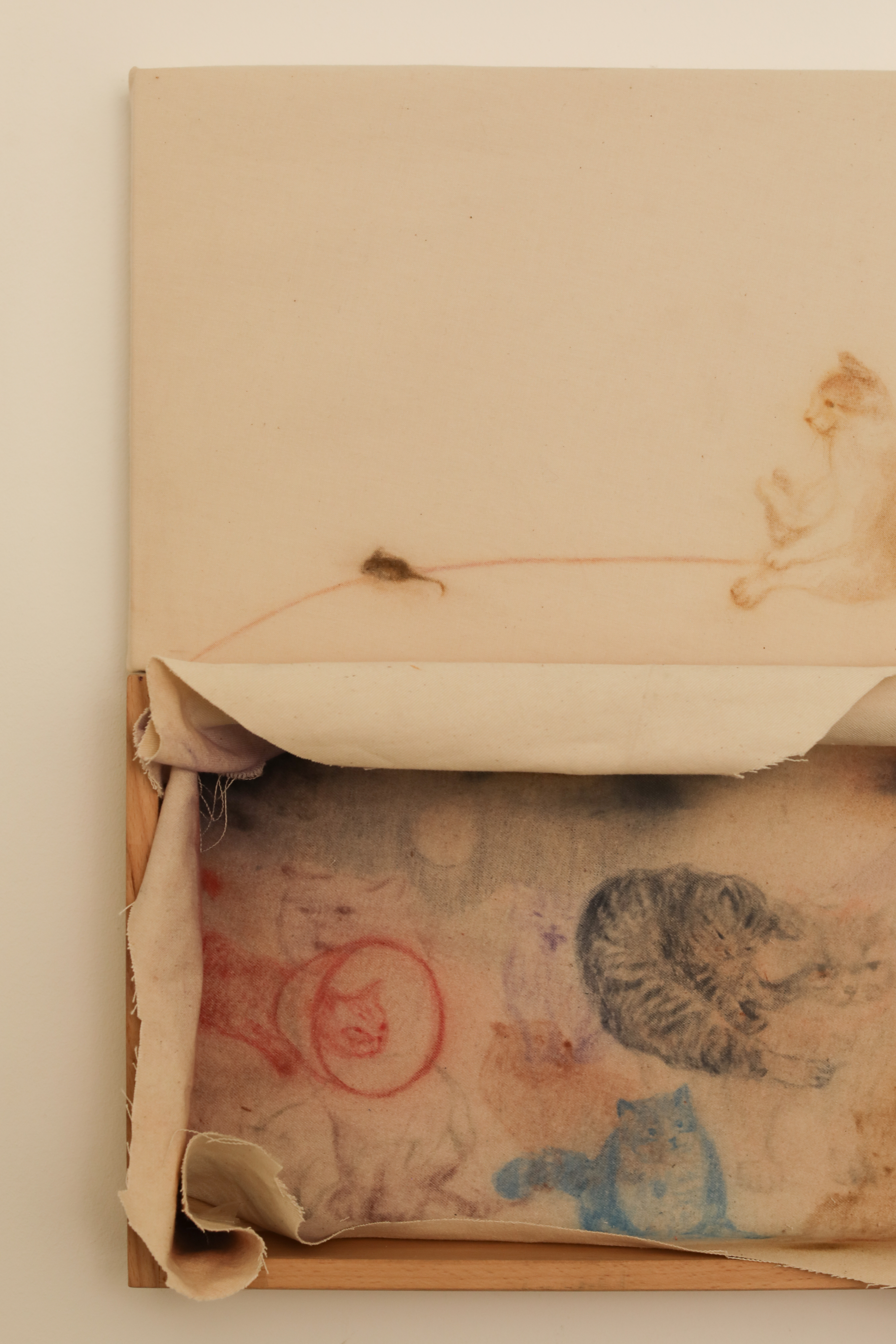
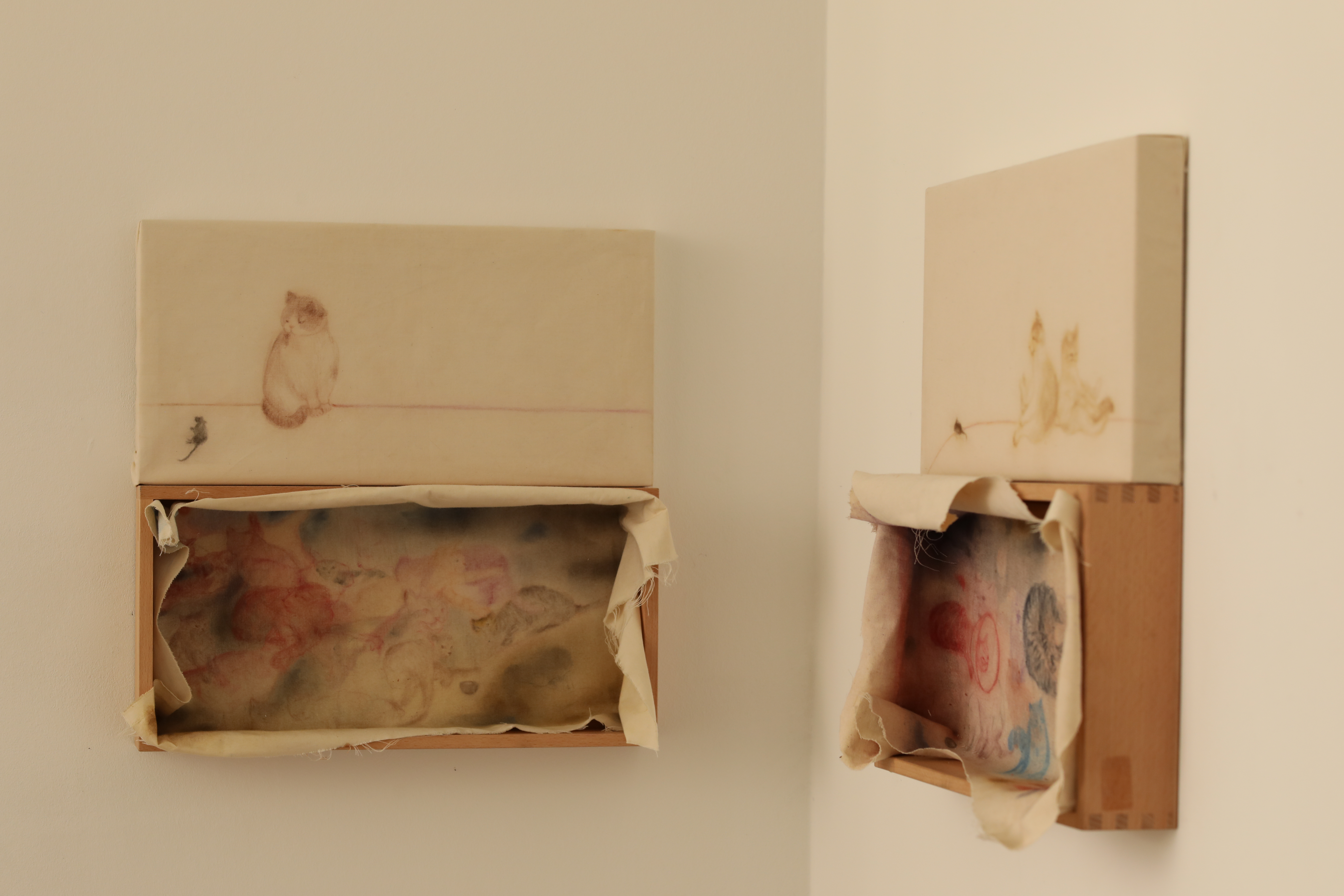
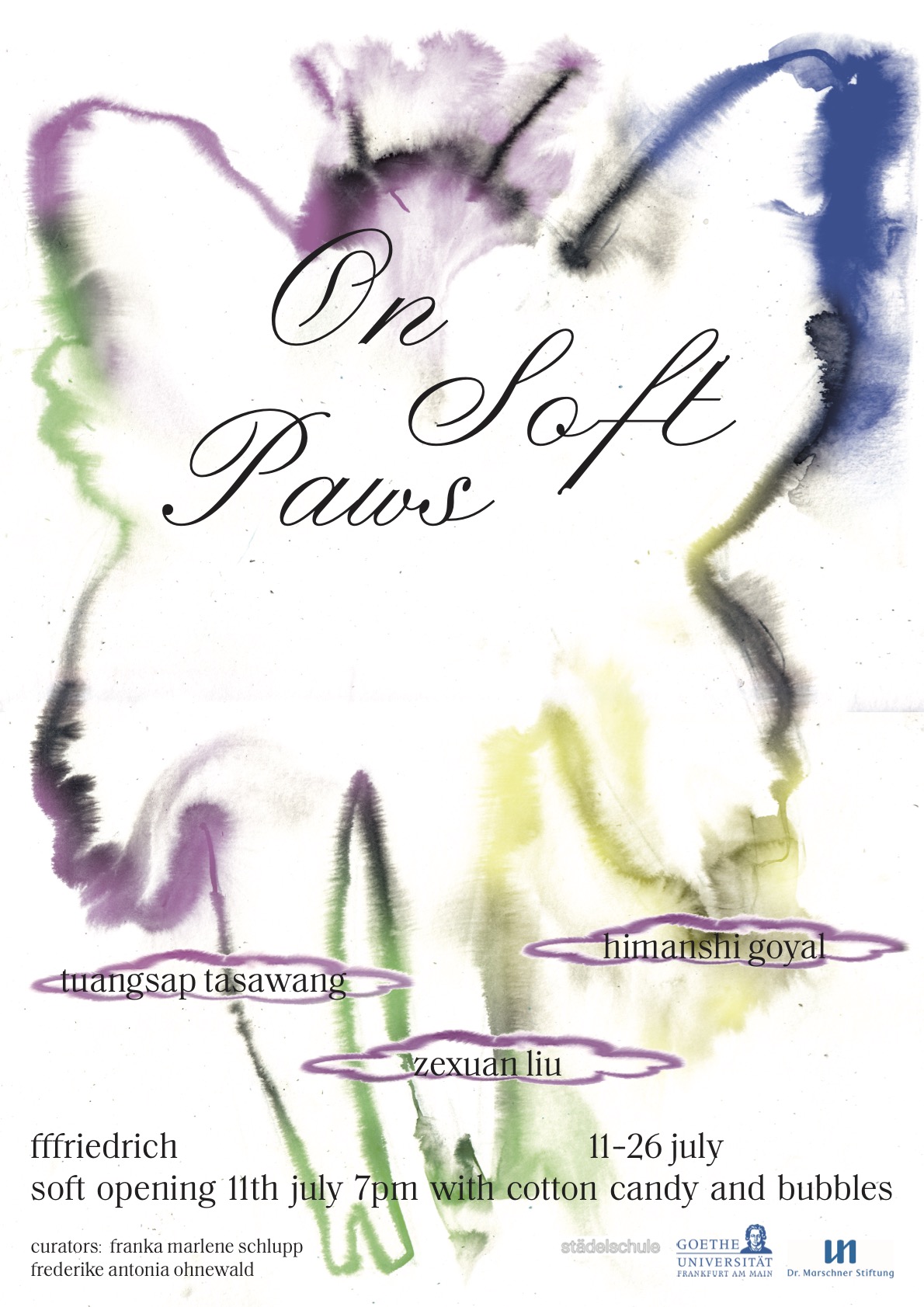
Function!
23.06. - 06.07.2025
Kyungeun Son & Siri Black
Please join us for the opening of Function! at fffriedrich on June 23rd from 7-10 pm.
With works by Kyungeun Son and Siri Black, with thanks to Louisa Wombacher & Emma Bieck.
Opening hours:
Saturday & Sunday, 2–6 pm
and weekdays by appointment
fffriedrich
Braubachstr. 37
60311 Frankfurt am Main

Unsettled Territories
06.06. - 18.06.2025
Agil Abdullayev & Killa Schütze
In spaces that elude a clear vision – in the flickering light of the dance floor or in the protective shadows of parks at night, in darkrooms and toilet cubicles – we enter zones that defy settled structures. As uncertain as they are unforced, these places repeatedly open up the potential to negotiate other ways of togetherness, moving away from normative forms of violence.
With Unsettled Territories, artists Agil Abdullayev and Killa Schütze venture into these blurred, indistinct realms, interrogating the movement and language of bodies in a world that often denies them safety. While Killa Schütze challenges the forces that restrict these movements, Agil Abdullayev creates infrastructures in which pleasure, longing and memory are inscribed. In Unsettled Territories, rejection and strict door policies become caring, protective gestures, as do intimacy and desire. With tightened elbows as sharp edges that protect and bent, tired knees that are protected, the artists give a glimpse into alternative queer futures making concrete utopias tangible and perceptible for a moment.
Curated by: Alina Homann & Franka Marlene Schlupp
Soft opening: June 4, 7 – 10 pm
Reading session & Aperitivo: June 14, 6 pm
Hard closing with Dyke Truck: Daisy Bar: June 18, starting at 6 pm
Braubachstraße 37
60311 Frankfurt am Main
____________________________
In Räumen, die sich klaren Blicken entziehen – im flackernden Licht der Tanzfläche oder im schützenden Schatten nächtlicher Parks, in Darkrooms und Toilettenkabinen – betreten wir Zonen, die sich festen Strukturen widersetzen. Ebenso ungewiss wie zwanglos eröffnen diese Orte immer wieder das Potenzial, andere Formen des Zusammenseins – abseits normativer Gewalt – zu verhandeln.
Mit Unsettled Territories begeben sich die Künstler:innen Agil Abdullayev und Killa Schütze in diese unscharfen, ungeklärten Gebiete, um die Sprache und Bewegung von Körpern innerhalb einer Welt zu befragen, die ihnen Sicherheit oft verweigert. Während Killa Schütze die Kräfte herausfordert, die diese Bewegungen einschränken, entwirft Agil Abdullayev Infrastrukturen, in denen sich Begehren, Sehnsucht und Erinnerung einschreiben. Abweisung und strikte Türpolitik werden in Unsettled Territories, ebenso wie Intimität und Lust, zu fürsorglichen schützenden Gesten. Mit angezogenen Ellenbogen als scharfe Kanten, die schützen; und gebeugten, ermüdeten Knien, die geschützt werden, erproben die Künstler:innen Momente, in denen alternative queere Zukünfte – als konkrete Utopien – für einen Augenblick greifbar und spürbar werden können.
